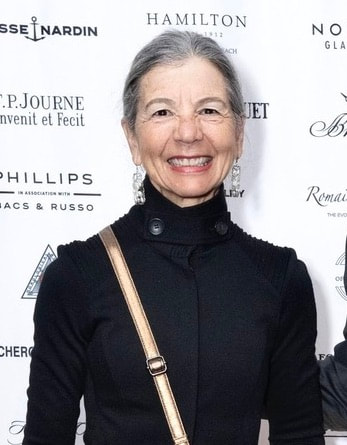I went to see Power & Perspective: Early Photography in China, at the Peabody Essex Museum in Salem, Massachusetts, last week. It is an excellent exhibition of images of China and its people in the 19th century, mostly by visiting Europeans. And they do bring their Western colonial bias to the material (hence, the organizers' title), but they cannot distort the beauty of the landscape and of the Chinese people who posed for them. On the far left, a Queen's Road Curio Shop in Hong Kong, c. 1868-1872 by John Thomson, a Scotsman, who published books of his images. In the middle, The Island Pagoda, from Thomson's book Foochow and the River Min. (On right, husband Bob, my faithful museum companion.) Below, the tombstone of St. Francis Xavier, the sixteenth-century missionary who co-founded the Jesuits. It's by Marciano Antonio Baptista, who was born to a Portuguese Macau family and mainly was a painter. The grave is in Shangchuan; the photo dates from either 1864 or 1868. And it's certainly not one of the best images in the show, but it caught my attention, since it relates to my current long-term project, The Missionary Factory (see www.themissionaryfactory.com).
AuthorThe "Commentaries" portion of this website is a record of some of Ms. Schinto's cultural experiences, e.g., books read, TV series watched, movies seen, exhibits visited, plays and musical events attended, etc. She also from time to time will post short essays on various topics. |
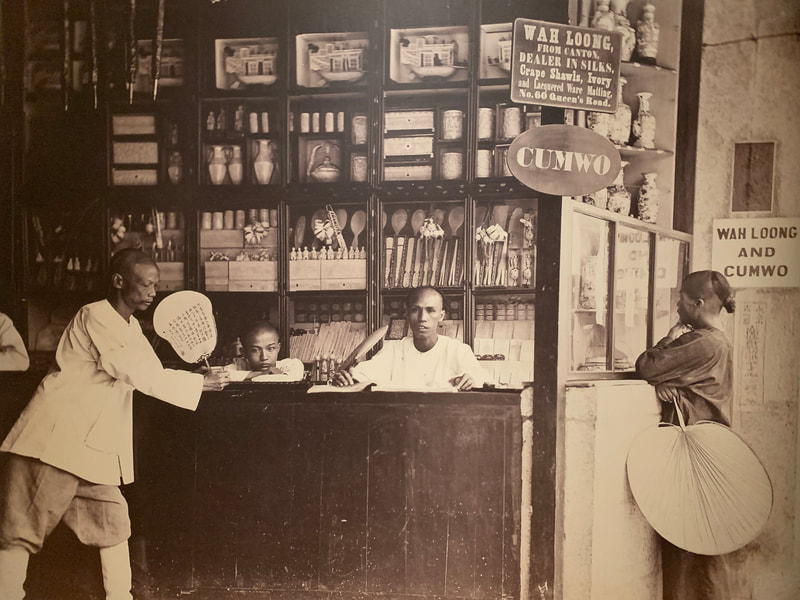
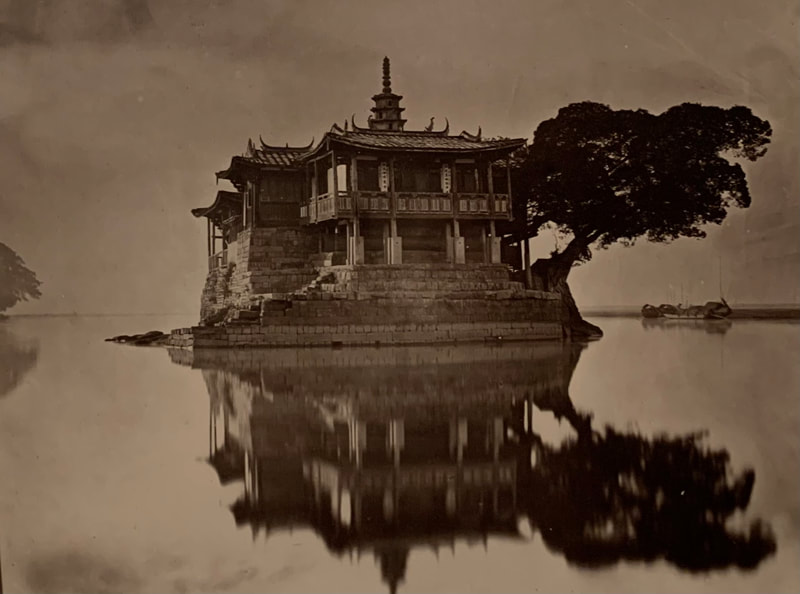
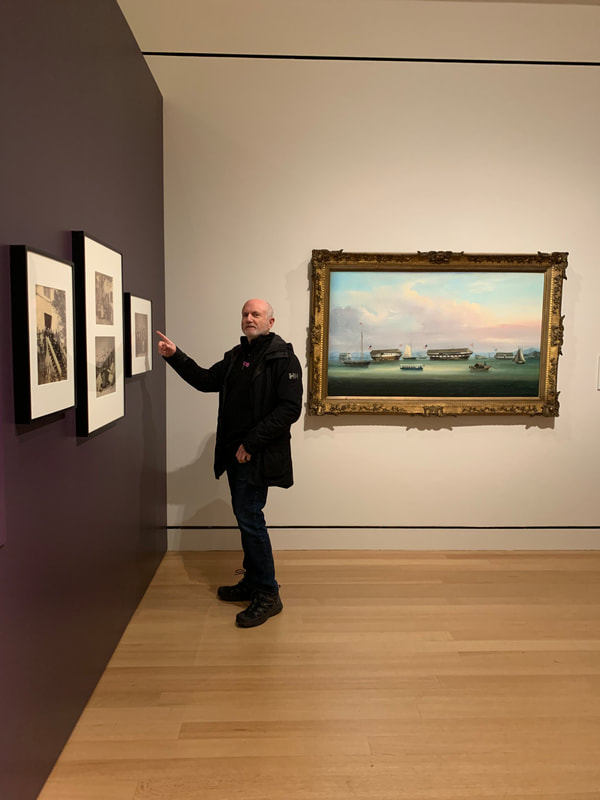
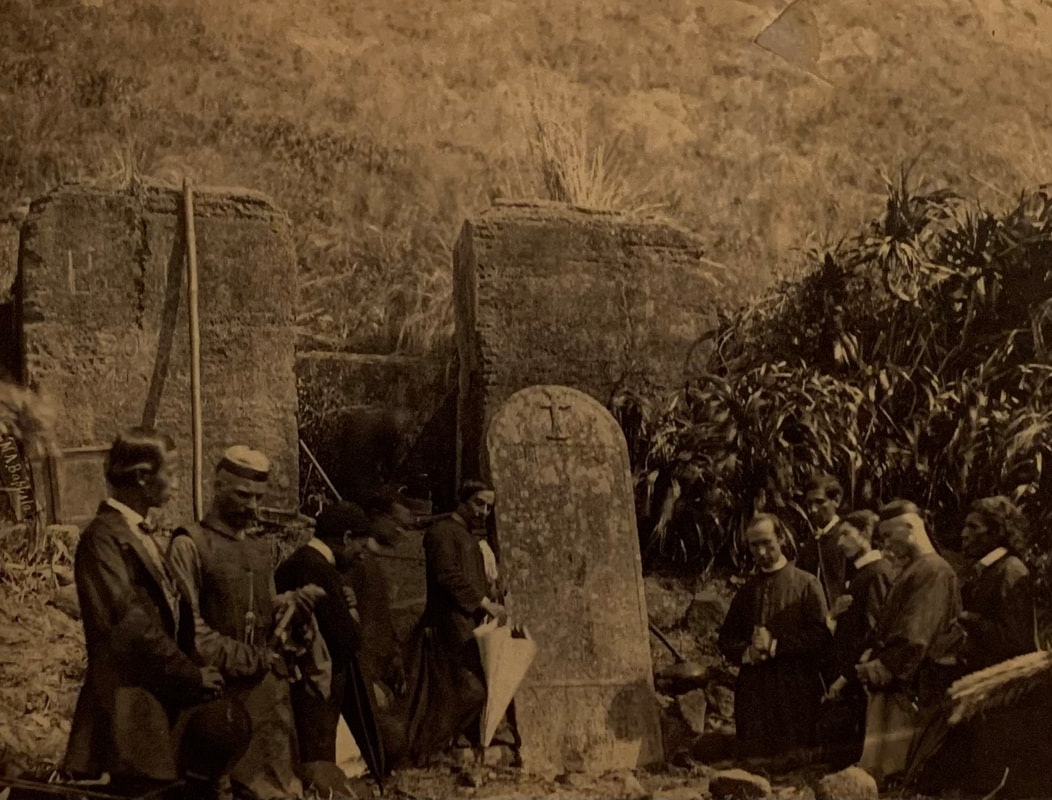
 RSS Feed
RSS Feed
